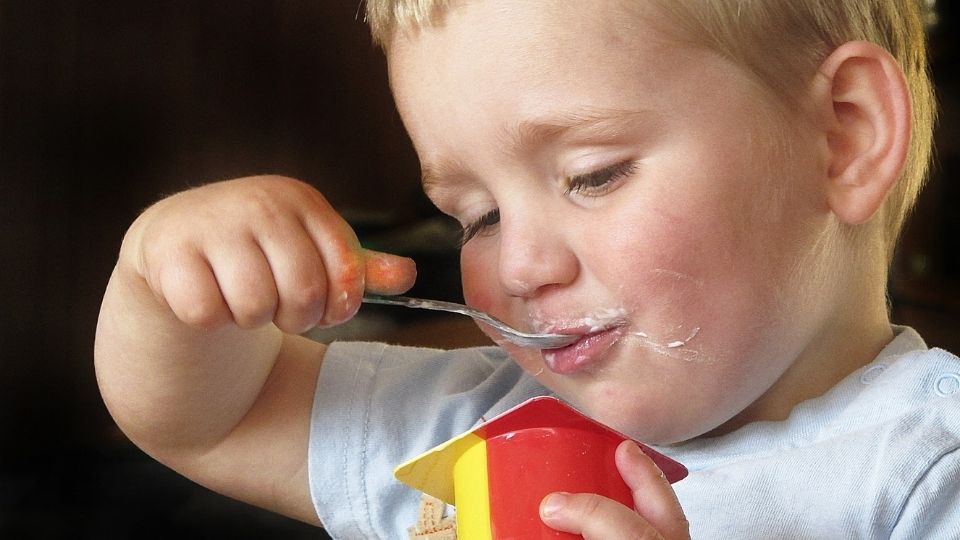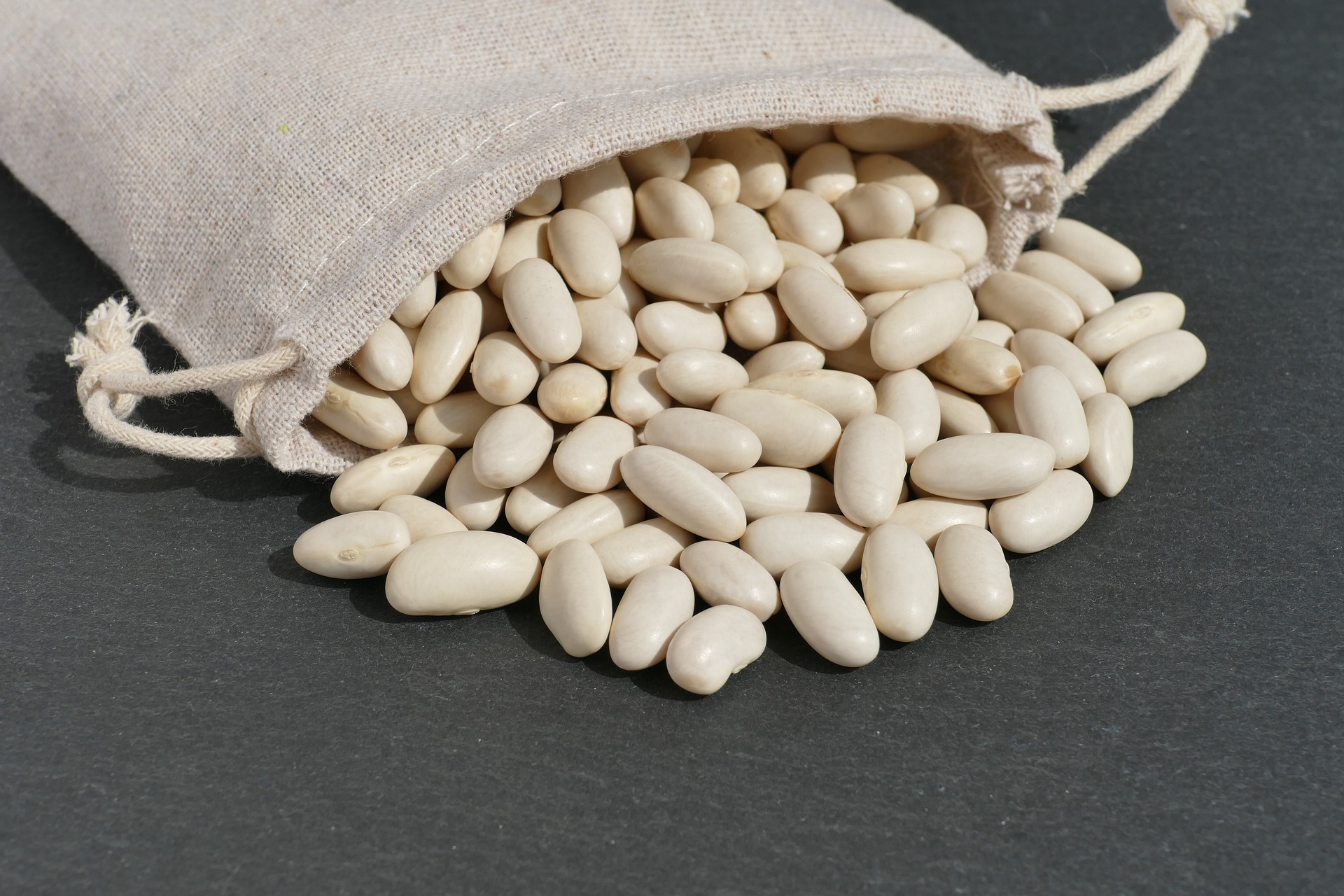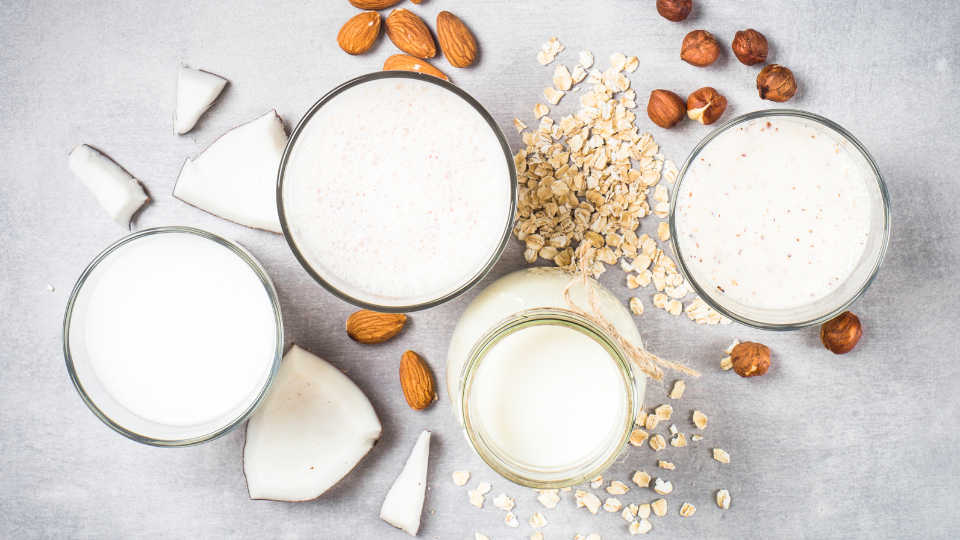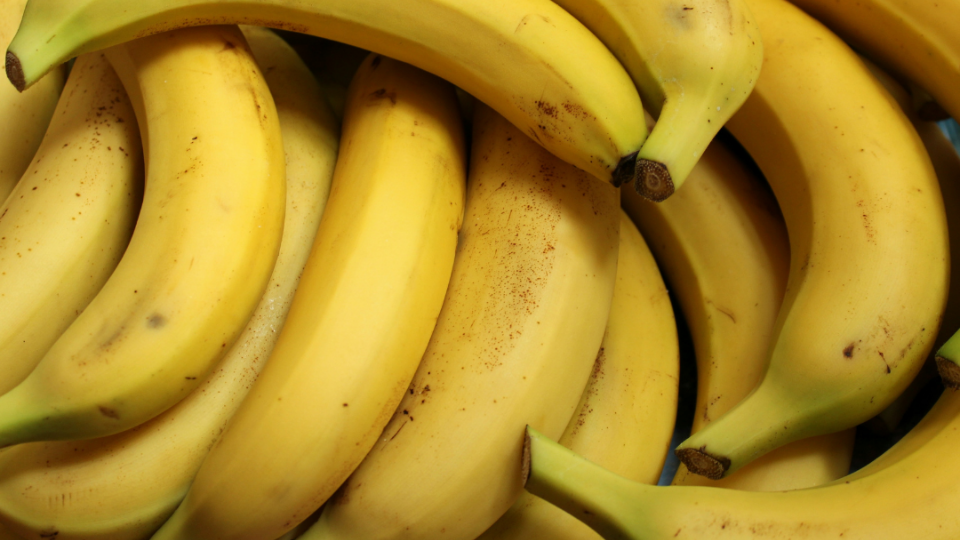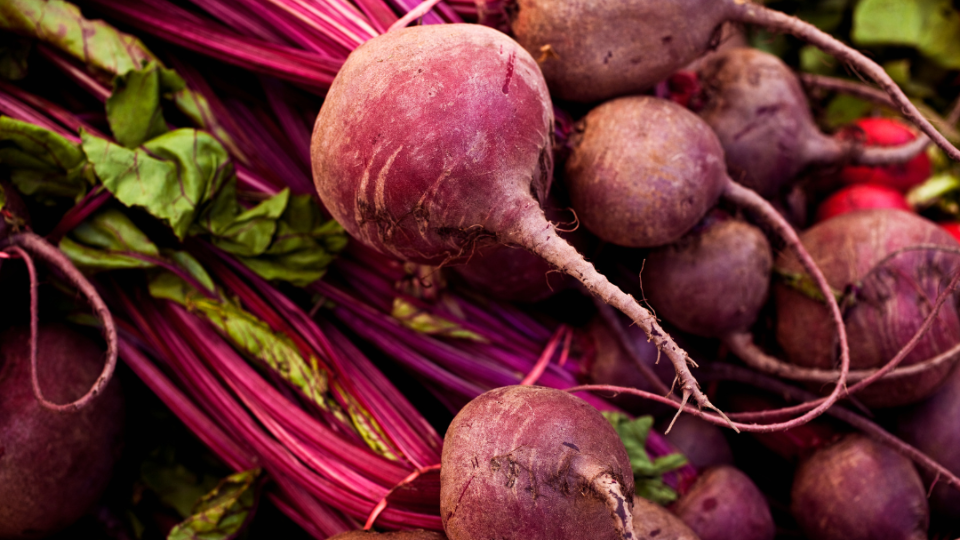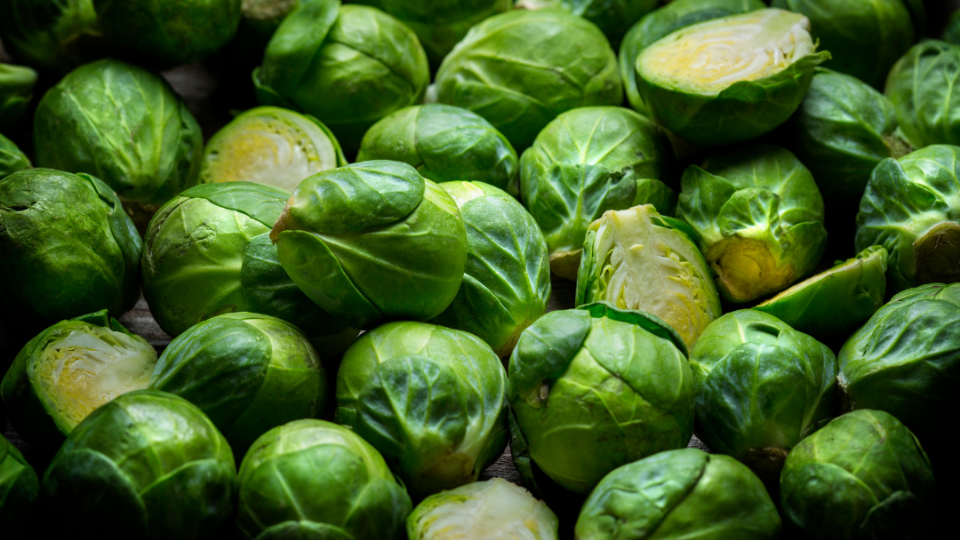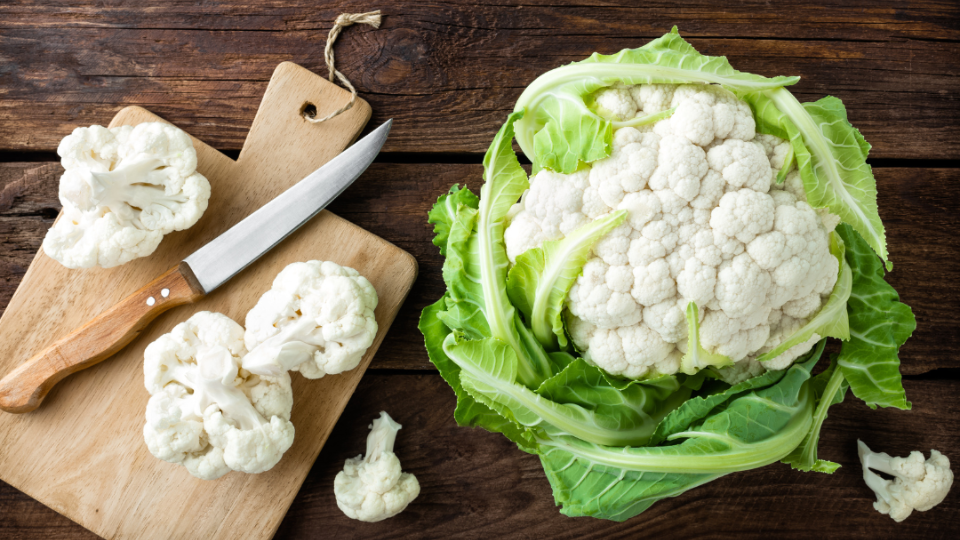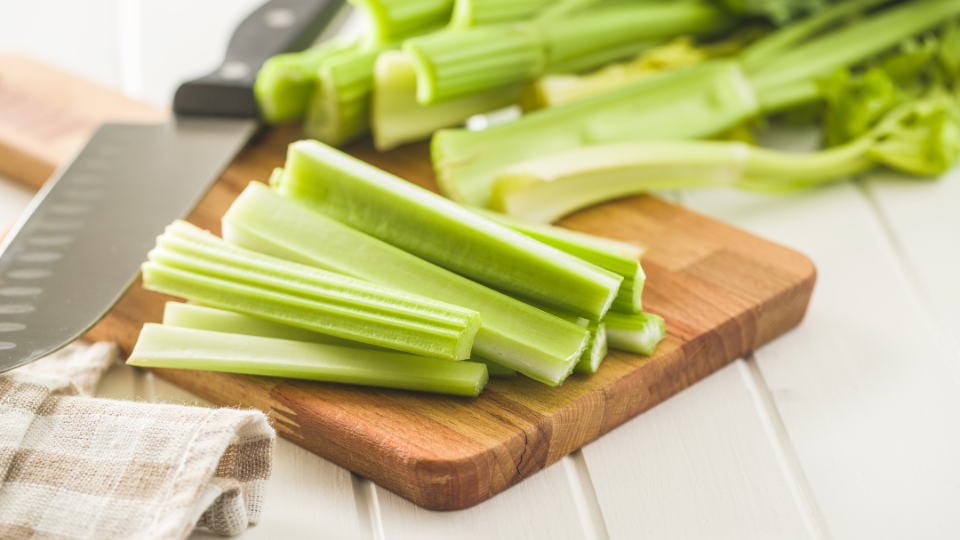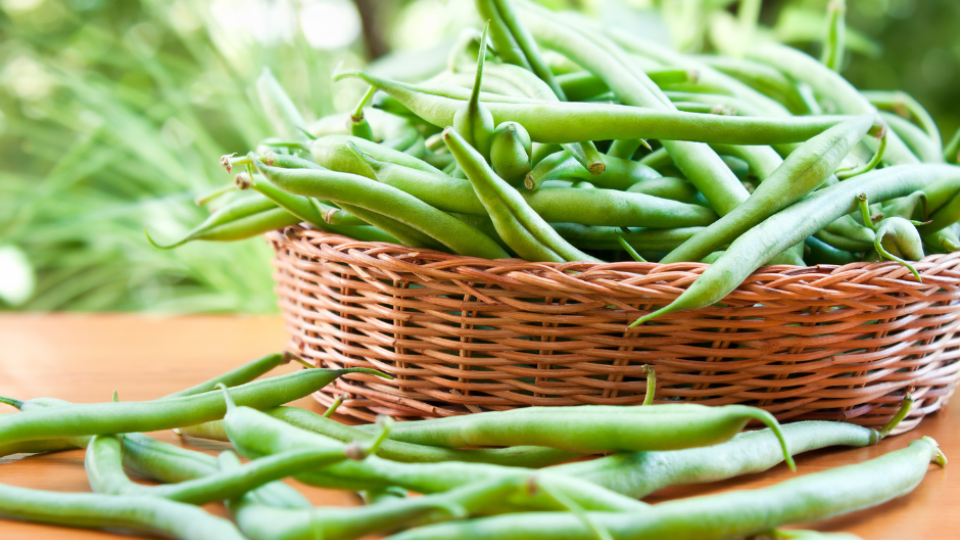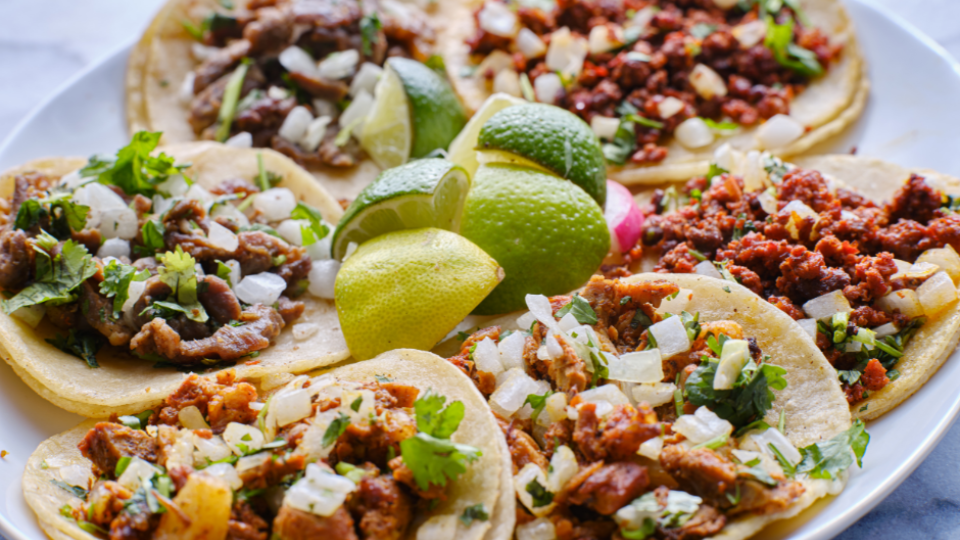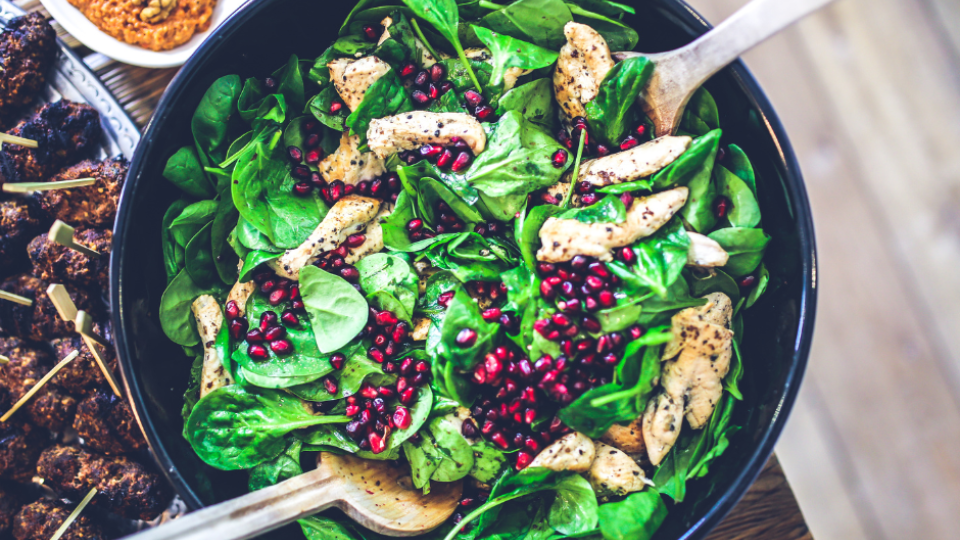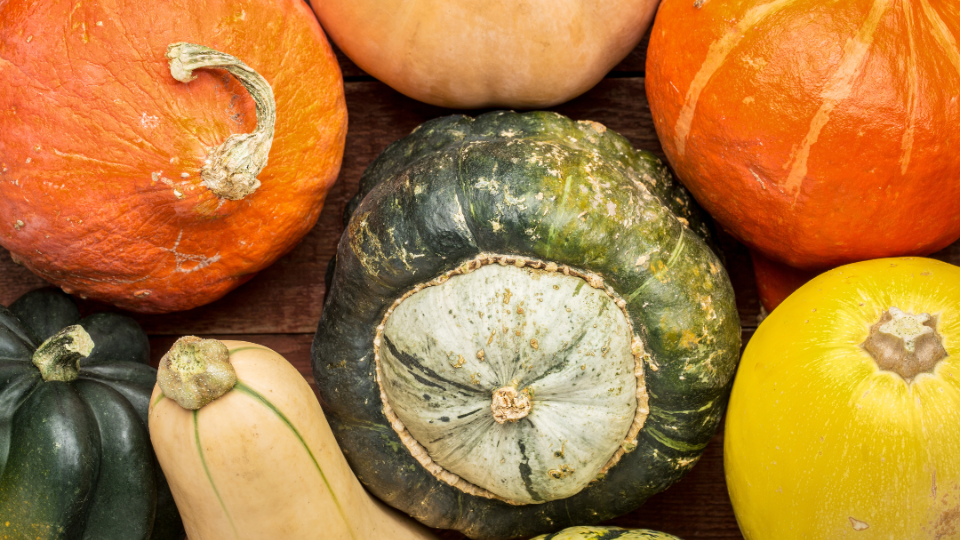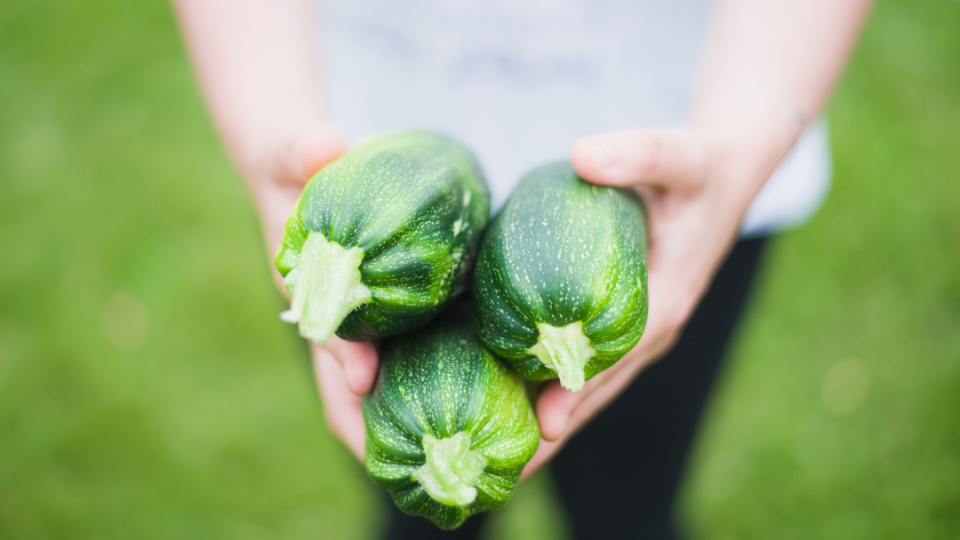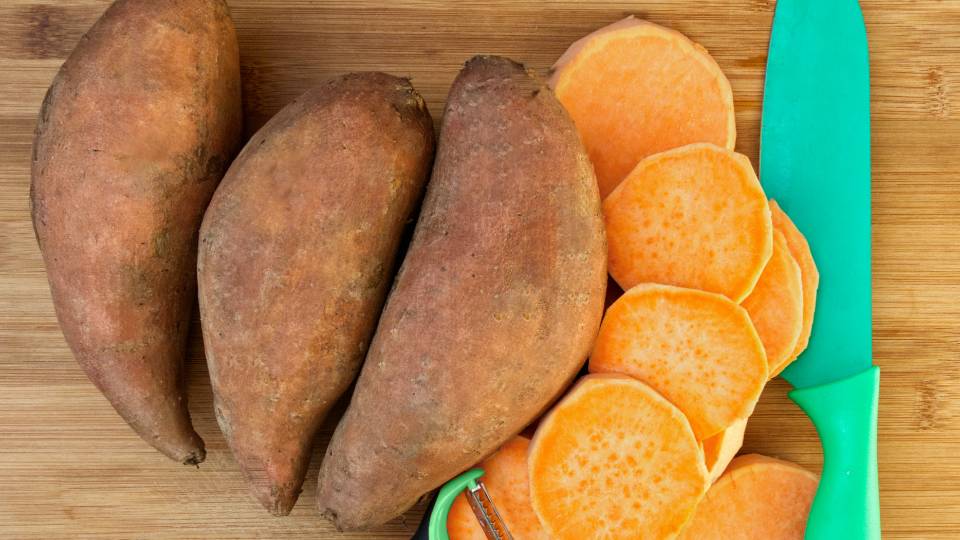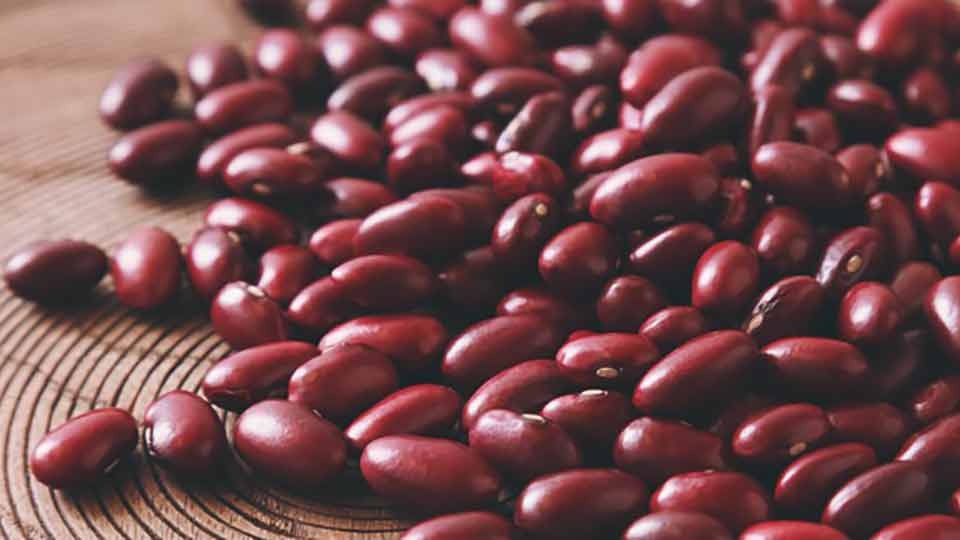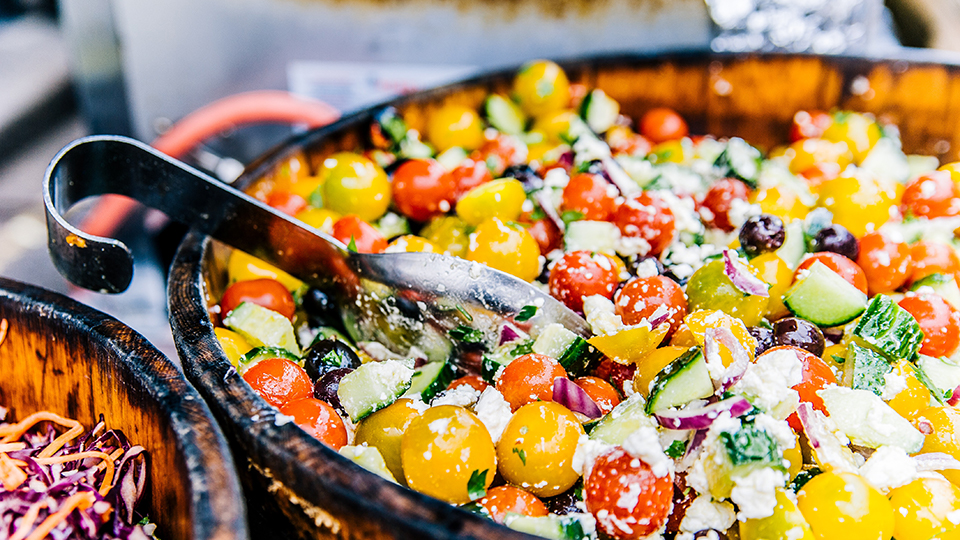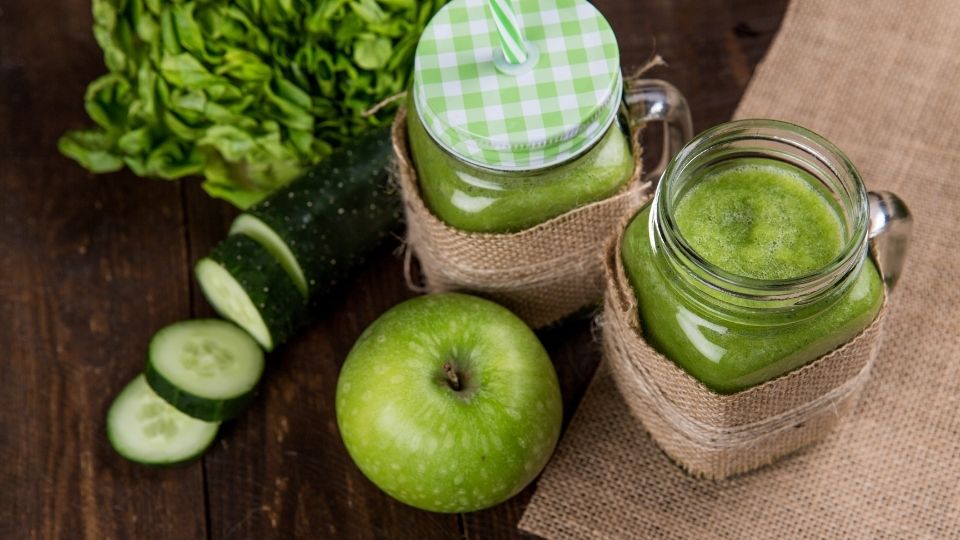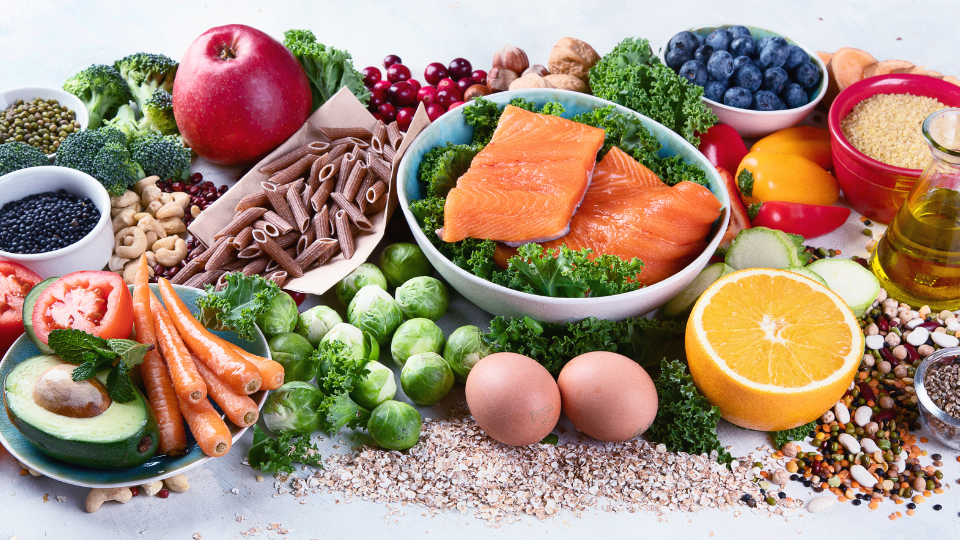Iron Deficiency in Pregnancy and Children
Iron deficiency and iron deficiency anemia are worldwide health issues among children and adults (Wong, 2017). Iron deficiency is most common during stages of development, such as pregnancy and early childhood, due to increased energy and iron needs not being met (Georgieff et al., 2019). If not corrected in children, iron deficiency or anemia can lead to irreversible nervous system deficien cies impacting reading, writing and motor skills (Wong, 2017). This fact sheet will review common causes of iron deficiency in children, how iron deficiency during pregnancy can affect the unborn child, and dietary advice to prevent iron deficiency during pregnancy and in early childhood.
Iron deficiency occurs when an individual’s daily iron intake does not meet the daily recommendation for iron. This can lead to low iron levels in the body (Pasricha et al., 2021). Symptoms of iron deficiency include fatigue, pica (eating objects that aren’t food), pale skin, and poor appetite (Paoletti et al., 2014). Iron deficiency can progress to iron deficiency anemia if there are fewer or abnormally shaped red blood cells or if the protein found in red blood cells is low (da Silva Lopes et al., 2021). The most common cause of iron deficiency in these two populations, pregnancy and early childhood, is a diet low in iron-rich foods (Cappellini et al., 2020).
Why Iron is Important

Iron is a necessary element in a child’s diet because it is needed for normal brain development, bloodvolume expansion, tissue growth, and effective immune function (Armitage & Moretti, 2019). Additionally, iron is essential for organ development and function since it plays a role in growth, reproduction, healing, and the transportation of oxygen (Georgieff et al., 2019; Oregon State University, 2014). Because iron has an important role in development, iron deficiency in infants and children can cause learning and motor skill deficits later in childhood. This can result in poor achievement in school and if left untreated iron deficiency in infancy can have long lasting consequences that may result in continual lower educational attainment and worse mental health (Lozoff et al., 2013) as young adults. Iron deficiency may also have negative impacts on the mother’s health and well-being. Treating iron deficiency anemia in new mothers can lead to improvements in mental health, cognitive abilities, and mother-infant interaction (Beard et al., 2005; Perez et al., 2005).
Pregnancy and Iron Deficiency
A diet high in iron during pregnancy is an important factor in the prevention of iron deficiency as iron needs increase for fetal and placenta growth (Abu-Ouf & Jan, 2015; Burke et al., 2014). If iron consumption doesn’t increase adequately during pregnancy, women are at higher risk of iron deficiency (Burke et al., 2014). Iron deficiency during pregnancy can result in anemia for both the mother and the infant, increased risk of delivery complications, preterm delivery, small for gestational age newborns, and neonatal mortality (Burke et al., 2014). Similarly, iron deficiency anemia during pregnancy has been linked to premature labor, intrauterine growth restriction, low birth weight, and iron deficiency in newborns (Abu-Ouf & Jan, 2015).
Iron is used for growth and development of the fetus.
During the third trimester of pregnancy the fetus stores enough iron in the liver to last for the first five to six months of their life (Georgieff et al., 2019; Saito, 2014). Iron deficiency during pregnancy can decrease the amount of iron the infant stores prior to birth increasing risk of deficiency and need for supplementation of iron early in the infant’s life (Roganović et al., 2018). Low iron stores during pregnancy can contribute to cognitive, motor, and behavioral deficits in children due to a lack of fetal brain development (Burke et al., 2014).
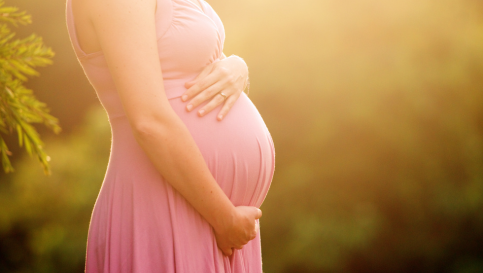
Recommendations to prevent iron deficiency in pregnant women include:
- Resolve iron deficiency prior to becoming pregnant (Burke et al., 2014).
- Consume 27 mg of iron daily during pregnancy (Burke et al., 2014). See table 1 for iron-rich food sources and serving sizes.
- Consume food products fortified with iron, such as cereal, bread, and other grain products (Armitage & Moretti, 2019; Oregon State University, 2014).
- Increase consumption of animal iron sources, such as meat, chicken, and fish. These iron sources are absorbed at a higher rate (Finn et al., 2017).
- Consume sources of vitamin C together with food sources of iron to increase absorption rate of iron (see table 2 for examples of food sources of vitamin C).
- If your iron stores are low, talk with your doctor about iron supplements (Armitage & Moretti, 2019).
Food Sources and Absorption of Iron
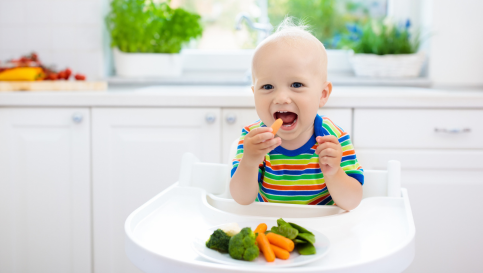 There are two types of iron found in food: heme and non-heme iron. Heme iron is found in animal food sources (beef, poultry, some fish, etc) and non-heme iron is found in plant food sources (bean, lentils, dark-green vegetables) (U.S. Department of Agriculture [USDA] and U.S. Department of Health and Human Services [HHS], 2020). Heme iron is better absorbed in the body compared to non-heme iron (Finn et al., 2017; USDA and HHS, 2020). Food sources of both heme and non-heme iron are included in Table 1.
There are two types of iron found in food: heme and non-heme iron. Heme iron is found in animal food sources (beef, poultry, some fish, etc) and non-heme iron is found in plant food sources (bean, lentils, dark-green vegetables) (U.S. Department of Agriculture [USDA] and U.S. Department of Health and Human Services [HHS], 2020). Heme iron is better absorbed in the body compared to non-heme iron (Finn et al., 2017; USDA and HHS, 2020). Food sources of both heme and non-heme iron are included in Table 1.
| Food | Portion | Milligrams (mg) per serving |
|---|---|---|
| Cereal, LIFE, plain | 3/4 cup | 9.3 |
| Cereal, bran flakes | 3/4 cup | 8.4 |
| White beans, canned | 1 cup | 7.8 |
| Kidney beans, canned | 1 cup | 3 |
| Spinach, boiled and drained | 1/2 cup | 3 |
| Beef, ground, cooked | 3 ounces | 2.3 |
| Baby toddler rice cereal, dry | 1 tablespoon | 2 |
| Potato, baked, flesh and skin | 1 medium potato | 1.8 |
| Tuna, light, canned in water | 1 can (107 grams) | 1.8 |
| Tomatoes, canned | 1/2 cup | 1.5 |
| Tofu | 1 ounce | 1.4 |
| Cereal, toasted oat bran | 3/4 cup | 1.3 |
| Green peas, boiled | 1/2 cup | 1.2 |
| Chicken, roasted, meat and skin | 3 ounces | 1 |
| Bread, white | 1 slice | 0.9 |
| Bread, whole wheat | 1 slice | 0.8 |
| Raisins | 1/4 cup | 0.7 |
| Egg, hard boiled | 1 large egg | 0.6 |
Consumption of vitamin C-rich foods (see table 2 for food sources) consumed with foods high in iron (meats, chicken, fish, iron-fortified breads and cereals – see table 1 for other iron-rich foods) boosts iron absorption by almost three times, especially plant-based (non-heme) iron sources (Wong, 2017). Iron food sources can be paired with vitamin C sources by adding strawberries to fortified cereal or by complimenting cereal with a glass of orange juice, for example. Additionally, adding tomatoes or spinach to tuna or chicken sandwich could be another way to pair iron and vitamin C food sources.
| Food | Portion | Milligrams (mg) per serving |
|---|---|---|
| Tomato juice | 1 cup | 170 mg |
| Red pepper, sliced | 1 cup | 118 |
| Strawberries | 1 cup | 84 |
| Grapefruit juice, canned | 1 cup | 83 |
| Green pepper, sliced | 1 cup | 74 |
| Orange | 1 fruit | 68 |
| Cantaloupe, cubed | 1 cup | 58.7 |
| Kiwi | 1 fruit | 56 |
| Brussel sprouts, cooked | 1/2 cup | 48.4 |
| Grapefruit | 1/2 fruit | 45.5 |
| Broccoli, chopped | 1/2 cup | 39.2 |
| Orange juice | 1 cup | 37.4 |
| Cauliflower, cooked | 1/2 cup | 27.5 |
| Tomatoes, chopped | 1 cup | 24.7 |
| Green peas, cooked | 1 cup | 22.7 |
| Potato, baked | 1 potato | 20 |
| Spinach, raw | 1 cup | 8.4 |
| Cabbage, cooked | 1 cup | 3.5 |
Iron Deficiency in Infants and Children
Nervous system and cognitive deficits during infancy and childhood due to iron deficiency are potentially irreversible (Subramaniam & Girish, 2015). There are many factors that play a role in a child’s iron stores with one of the most common cause in toddlers being the consumption of 24 ounces or more of cow’s milk per day (Paoletti et al., 2014). Excessive cow’s milk consumption in children may cause iron deficiency because:
- Milk is a poor source of iron.
- When consumed in excess it makes up a significant percentage of the toddler’s caloric intake.
- Milk has a high amount of calcium which can block iron absorption in the body (Bondi & Lieuw, 2009; Roganović et al., 2018).
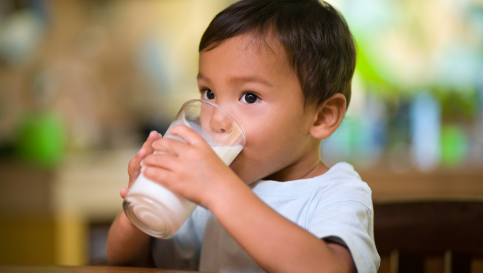
Together these can result in a low iron intake for children. An infant being fed cow’s milk before 12 months of age, breastfed babies who aren’t fed iron-rich foods starting at six months, and children who aren’t consuming enough iron are at risk for developing iron deficiency (Subramaniam & Girish, 2015; Wong, 2017). Although less common, additional causes of iron deficiency include premature birth, growth spurts, celiac disease, malnutrition, and inflammatory bowel disease (Abu-Ouf & Jan, 2015). Talk with a pediatrician if you have any concerns about your infant’s or child’s iron stores.
Iron Sources & Supplementation
Iron supplementation sources and timing can vary on the child and their situation. Preterm babies are born with lower iron stores, since the fetus stores iron in the last trimester of pregnancy, and may need additional iron supplementation prior to six months due to rapid growth and possible inadequate iron stores (Burke et al., 2014). Children under one year of age should be consuming breastmilk or iron-fortified infant formula, as opposed to other milk substitutes (Wong, 2017). Cow’s milk or other alternative milk options should not be used for children under 12 months of age because they are poor sources of iron and can be difficult to digest with their immature digestive systems (Centers for Disease Control and Prevention, 2022; Wong, 2017). Work with your infant’s pediatrician to determine if your infant requires more iron in their diet or through supplementation.
When solid foods are introduced, iron-rich foods along with foods high in vitamin C should be added to an infant’s diet. The recommendation for iron intake for infants seven to twelve months of age is 11 mg/day, which can be met in a day by consuming 1 cup of white beans, one hard-boiled egg, and three ounces of cooked ground beef, for example (National Institutes of Health [NIH] Office of Dietary Supplements [ODS], 2023; USDA, Agricultural Research Service, 2019). For children ages one to three the recommendation goes down to 7 mg/day, and then up to 10 mg/day for children ages four to eight (NIH ODS, 2023). Additional examples of food sources containing iron can be found in Table 1 (USDA, Agricultural Research Service, 2019).

Meeting the proper iron recommendations is important for both children and mothers because iron is essential for growth and development. An inadequate intake of iron, is the most common reason for iron defiecency. Eating appropriate amounts of iron during these stages of life is of upmost importance. Including sources of heme iron and vitamin C can help increase absorption of iron.
References
Abu-Ouf, N. M., & Jan, M. M. (2015). The impact of maternal iron deficiency and iron deficiency anemia on child’s health. Saudi Medical Journal, 36(2), 146–149. https://doi.org/10.15537/smj.2015.2.10289
Armitage, A. E., & Moretti, D. (2019). The importance of iron status for young children in low- and middle-income countries: A narrative review. Pharmaceuticals, 12(2), Article 2. https://doi.org/10.3390/ph12020059
Beard, J. L., Hendricks, M. K., Perez, E. M., Murray-Kolb, L. E., Berg, A., Vernon-Feagans, L., Irlam, J., Isaacs, W., Sive, A., & Tomlinson, M. (2005). Maternal iron deficiency anemia affects postpartum emotions and cognition. The Journal of Nutrition, 135(2), 267–272. https://doi.org/10.1093/jn/135.2.267
Bondi, S. A., & Lieuw, K. (2009). Excessive cow’s milk consumption and iron deficiency in toddlers: Two unusual presentations and review. ICAN: Infant, Child, & Adolescent Nutrition, 1(3), 133–139. https://doi.org/10.1177/1941406409335481
Burke, R. M., Leon, J. S., & Suchdev, P. S. (2014). Identification, prevention, and treatment of iron deficiency during the first 1000 days. Nutrients, 6(10), Article 10. https://doi.org/10.3390/nu6104093
Cappellini, M. D., Musallam, K. M., & Taher, A. T. (2020). Iron deficiency anaemia revisited. Journal of Internal Medicine, 287(2), 153–170. https://doi.org/10.1111/joim.13004
Centers for Disease Control and Prevention. (2022, May 25). Fortified cow’s milk and milk alternatives. Centers for Disease Control and Prevention. https://www.cdc.gov/nutrition/infantandtoddlernutrition/foods-and-drinks/cows-milk-and-milk-alternatives.html
da Silva Lopes, K., Yamaji, N., Rahman, Md. O., Suto, M., Takemoto, Y., Garcia-Casal, M. N., & Ota, E. (2021). Nutrition‐specific interventions for preventing and controlling anaemia throughout the life cycle: An overview of systematic reviews. The Cochrane Database of Systematic Reviews, 2021(9), CD013092. https://doi.org/10.1002/14651858.CD013092.pub2
Finn, K., Callen, C., Bhatia, J., Reidy, K., Bechard, L. J., & Carvalho, R. (2017). Importance of dietary sources of iron in infants and toddlers: Lessons from the FITS study. Nutrients, 9(7), Article 7. https://doi.org/10.3390/nu9070733
Georgieff, M. K., Krebs, N. F., & Cusick, S. E. (2019). The benefits and risks of iron supplementation in pregnancy and childhood. Annual Review of Nutrition, 39, 121–146. https://doi.org/10.1146/annurev-nutr-082018-124213
Lozoff, B., Smith, J. B., Kaciroti, N., Clark, K. M., Guevara, S., & Jimenez, E. (2013). Functional significance of early-life iron deficiency: Outcomes at 25 years. The Journal of Pediatrics, 163(5), 10.1016/j.jpeds.2013.05.015. https://doi.org/10.1016/j.jpeds.2013.05.015
National Institutes of Health Office of Dietary Supplements. (2023, June 15). Office of Dietary Supplements—Iron. https://ods.od.nih.gov/factsheets/Iron-HealthProfessional/
Oregon State University. (2014, April 23). Iron. Linus Pauling Institute. https://lpi.oregonstate.edu/mic/minerals/iron
Paoletti, G., Bogen, D. L., & Ritchey, A. K. (2014). Severe iron-deficiency anemia still an issue in toddlers. Clinical Pediatrics, 53(14), 1352–1358. https://doi.org/10.1177/0009922814540990
Pasricha, S.-R., Tye-Din, J., Muckenthaler, M. U., & Swinkels, D. W. (2021). Iron deficiency. The Lancet, 397(10270), 233–248. https://doi.org/10.1016/S0140-6736(20)32594-0
Perez, E. M., Hendricks, M. K., Beard, J. L., Murray-Kolb, L. E., Berg, A., Tomlinson, M., Irlam, J., Isaacs, W., Njengele, T., Sive, A., & Vernon-Feagans, L. (2005). Mother-infant interactions and infant development are altered by maternal iron deficiency anemia. The Journal of Nutrition, 135(4), 850–855. https://doi.org/10.1093/jn/135.4.850
Roganović, J., Starinac, K., Roganović, J., & Starinac, K. (2018). Iron deficiency anemia in children. In Current Topics in Anemia. IntechOpen. https://doi.org/10.5772/intechopen.69774
Saito, H. (2014). Metabolism of iron stores. Nagoya Journal of Medical Science, 76(3–4), 235–254.
Subramaniam, G., & Girish, M. (2015). Iron deficiency anemia in children. The Indian Journal of Pediatrics, 82(6), 558–564. https://doi.org/10.1007/s12098-014-1643-9
U.S. Department of Agriculture, Agricultural Research Service. (2019). FoodData Central. https://fdc.nal.usda.gov/
U.S. Department of Agriculture and U.S. Department of Health and Human Services. (2020). Dietary Guidelines for Americans, 2020-2025. https://www.dietaryguidelines.gov/
Wong, C. (2017). Iron deficiency anaemia. Paediatrics and Child Health, 27(11), 527–529. https://doi.org/10.1016/j.paed.2017.08.004
Authors
Brianna Kane, Dietetics Student, Stacy Bevan MS, RDN, Carrie Durward Ph.D., RDN,
Mateja R. Savoie-Roskos Ph.D., MPH, RDN
Related Nutrition Articles


